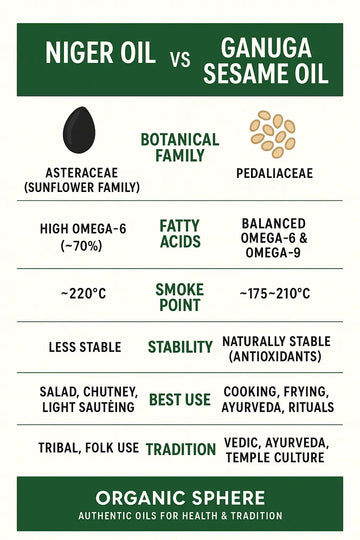Balancing Mineral Intake: The Benefits of Alternating Sea Salt and Himalayan Rock Salt in Your Lifestyle
Mar 27, 2024
In the realm of culinary arts and health, salt isn't just a seasoning; it's a crucial component of our daily nutritional intake. While it's common knowledge that excessive sodium intake can lead to health issues such as hypertension, not all salts are created equal, nor do they offer the same nutritional profile. Two natural salts, sea salt and Himalayan rock salt, have gained popularity for their mineral richness and health benefits. But why opt for one over the other, and is there a reason to use both in our diets?
The Diverse Mineral Composition of Natural Salts
Rock salt, such as the pink Himalayan variety, and sea salt are celebrated for their unique mineral compositions, which can vary significantly from one source to another. This variance is due to the differing environments from which they are harvested. For example, rock salt can have varying amounts of iron, calcium, and magnesium based on the specific rock formation it was derived from. Conversely, sea salt, harvested from evaporated seawater, tends to have a more uniform mineral composition due to the consistent solubility of minerals in oceans.
Why Not Just Sea Salt?
Given its uniform mineral profile, one might wonder if sea salt is the superior choice. Indeed, sea salt contains beneficial minerals like magnesium, calcium, and potassium. However, relying solely on sea salt might mean missing out on other essential minerals and trace elements that Himalayan rock salt can provide, such as iron, zinc, and selenium. These trace elements are crucial for various bodily functions, including immune system support, wound healing, and thyroid function.
The Case for Diversifying Your Salt Intake
The idea of alternating between sea salt and Himalayan rock salt isn't just about avoiding excessive sodium intake; it's about enriching your diet with a broader spectrum of minerals. While sea salt can be a staple for its balanced blend of minerals, incorporating Himalayan rock salt a few days a week can augment your intake of other trace minerals not as prevalent in sea salt.
A Note on Table Salt
It's important to distinguish between natural salts and regular table salt. Table salt typically undergoes a refining process that strips away many natural minerals, leaving almost pure sodium chloride. It's often fortified with iodine and anti-caking agents but lacks the broad mineral profile found in natural salts.
Embracing Mineral Richness for Health
Incorporating both sea salt and Himalayan rock salt into your diet, rather than relying solely on one type of salt, can provide a more comprehensive array of minerals and trace elements. These elements are beneficial for our health, supporting everything from bone strength and cardiovascular health to electrolyte balance and hydration.
Conclusion
Balancing your salt intake with both sea salt and Himalayan rock salt can offer a simple yet effective way to diversify your mineral intake, contributing to a more nutritious and flavorful diet. By appreciating the unique qualities of each and using them judiciously, we not only enhance our meals but also our overall well-being. Remember, the key is moderation and variety, ensuring that we reap the full spectrum of health benefits these natural salts have to offer.





